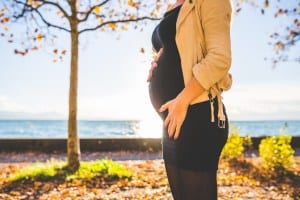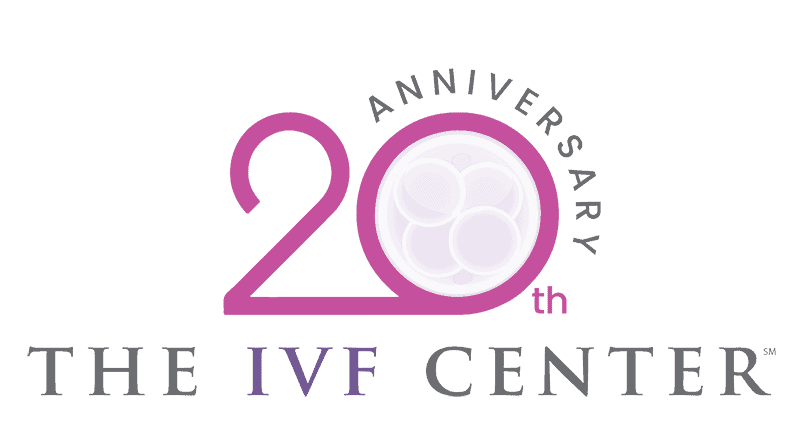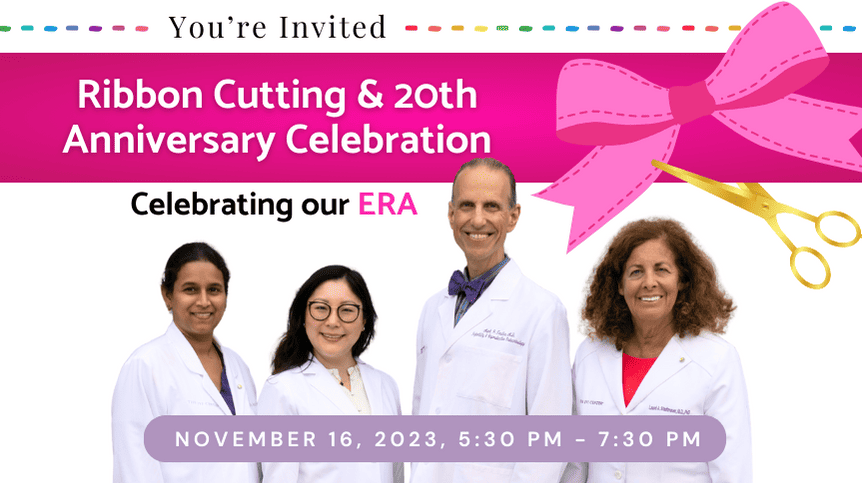How to Get Pregnant With Irregular Cycles
 Of the all the causes of infertility, ovulation disorders (OD) represent 40% of the female factors. So, OD is a huge, and frustrating, problem. While not all irregular periods are due to hormonal imbalance, the contrary is usually true, i.e. female hormone abnormalities usually result in OD.
Of the all the causes of infertility, ovulation disorders (OD) represent 40% of the female factors. So, OD is a huge, and frustrating, problem. While not all irregular periods are due to hormonal imbalance, the contrary is usually true, i.e. female hormone abnormalities usually result in OD.
Which hormones, if out of sync, can wreak havoc in a woman’s cycle? Your thyroid, prolactin, as well as estrogen (E2) and progesterone (P4). Fortunately, these first two are usually easily corrected with a good chance for pregnancy. Levels of E2 and P4 are abnormal with any OD.
There are other non-hormonal reasons for OD such as eating disorders (aka The Female Athlete Triad), medications, and even tumors. For this talk, we’ll focus on the most common OD? – PCOS or PolyCystic Ovarian Syndrome.
PCOS is a chronic condition effecting 5-10% of all reproductive age women. The diagnosis consists of having two of three criteria: OD, abnormal hair growth or elevated testosterone levels, and ovaries filled with tiny cysts as seen on ultrasound. The following methods are valuable to help women overcome OD with PCOS:
- Lifestyle Changes. Fifty – 60% of women with PCOS are overweight . Optimal body mass index (BMI), diet and exercise are recommended for all women, especially those with PCOS. Studies have also shown a 10% loss in body weight may result in a return of ovulation cycles and a higher spontaneous pregnancy rate.
- Medication to Stimulate Ovulation. Traditionally, clomiphene citrate (CC) was used for ovulation induction. More recently, the non-FDA approved drug letrozole (LTZ) has been shown to be more effective than CC in ovulation and life birth particularly in women with elevated BMI. Women who do not respond to LTZ or CC can be treated with injectable hormone FSH/LH. Of note, although commonly used in the past, metformin has convincingly been show NOT to improve fertility and should not be used in infertility unless the woman has Prediabetes or Diabetes.
- Surgery. Ovarian Drilling or Laparoscopic Ovarian Diathermy (LOD) is a minor outpatient procedure and has been offered since the 1970s to PCOS patients who don’t ovulate or have been unable to conceive with medication. While it’s unclear how LOD exactly works, electrocautery is used to “drill” several holes in the ovaries, reducing the size of the ovary, the number of cysts and testosterone levels, improving OD and pregnancy rates.
Early diagnosis of PCOS is a key to prompt management and successful outcomes.






